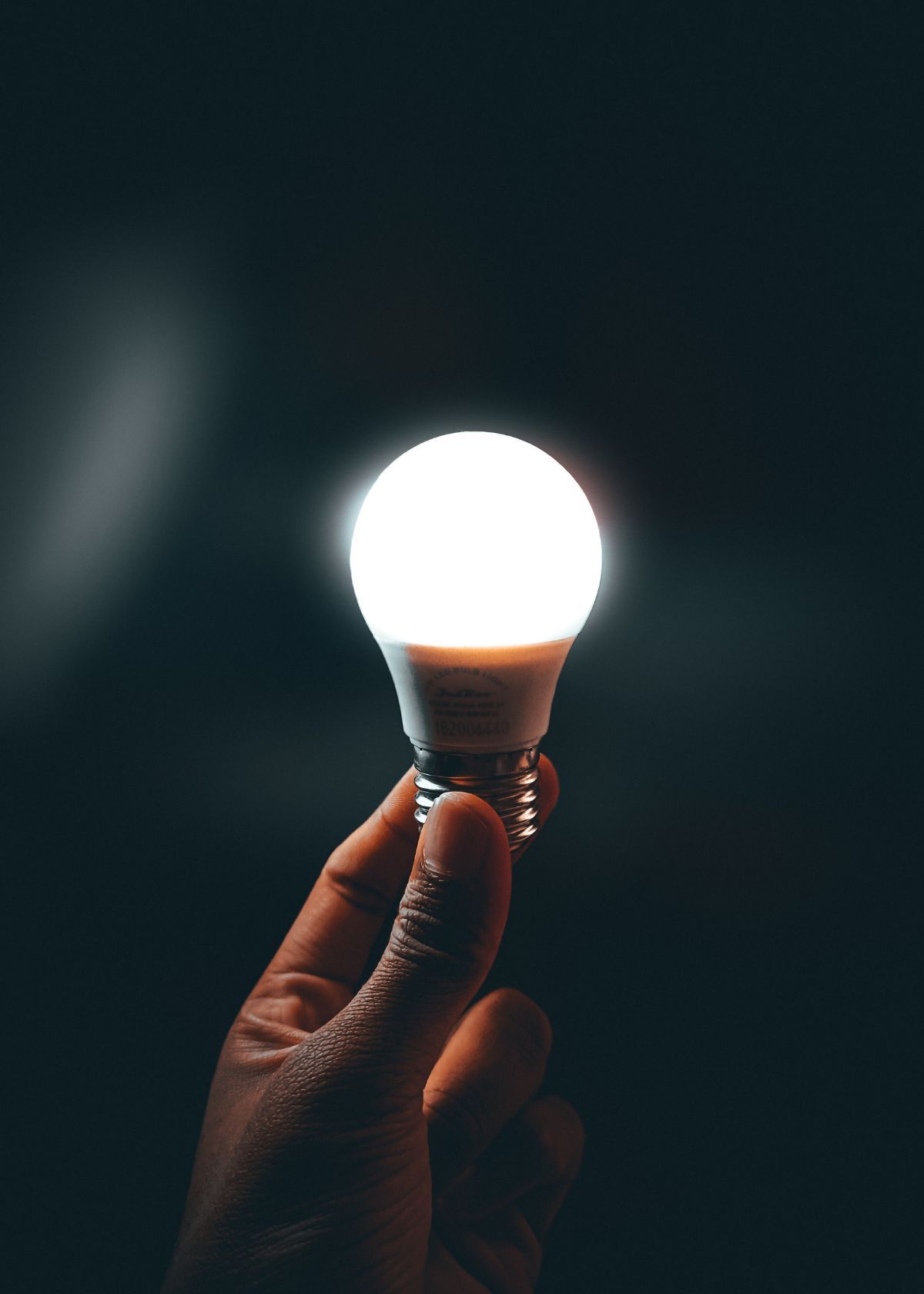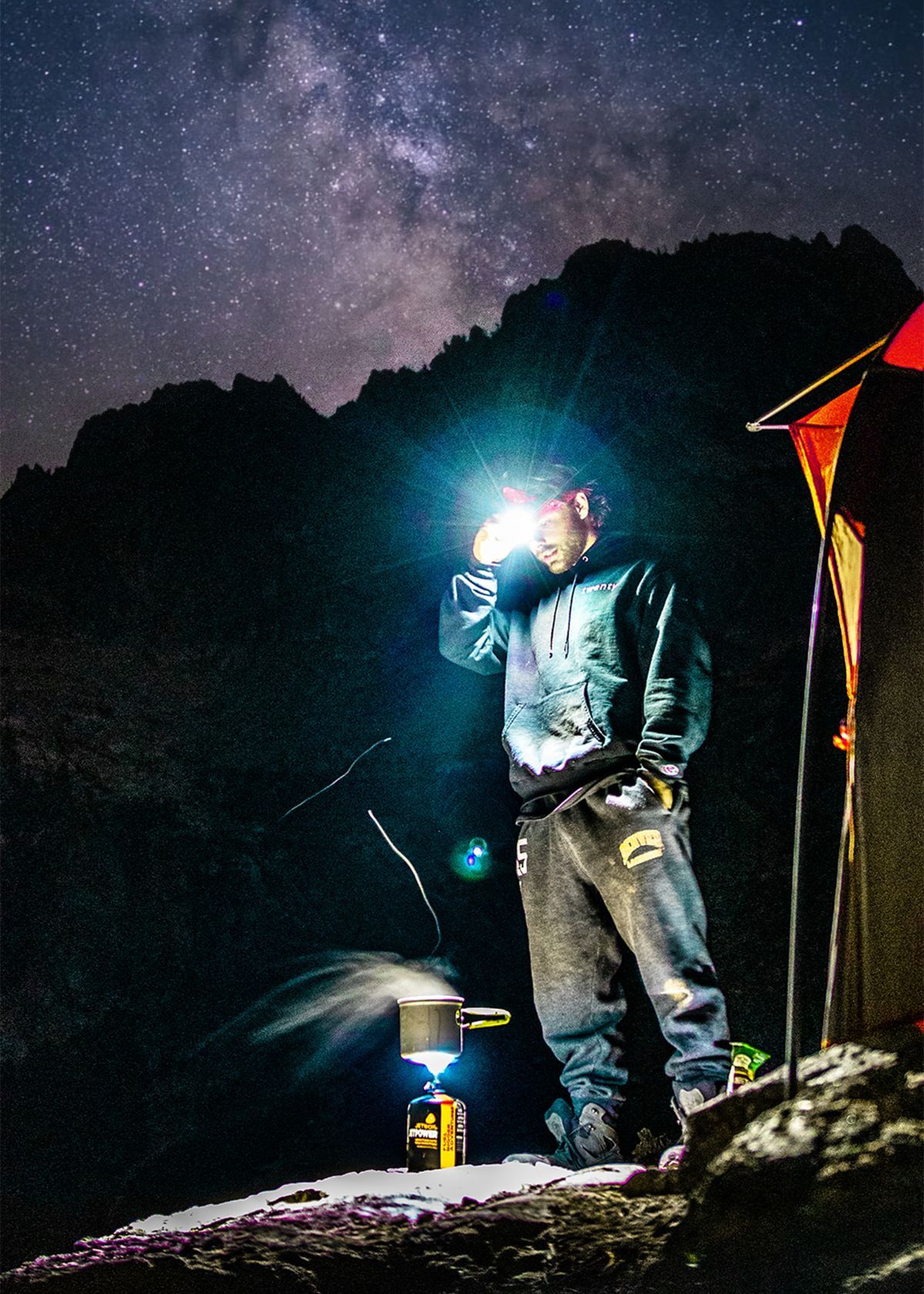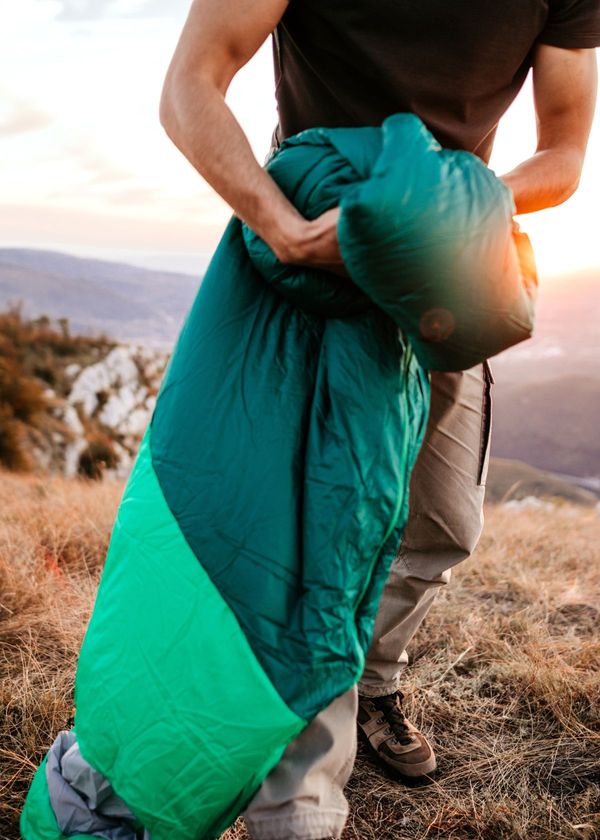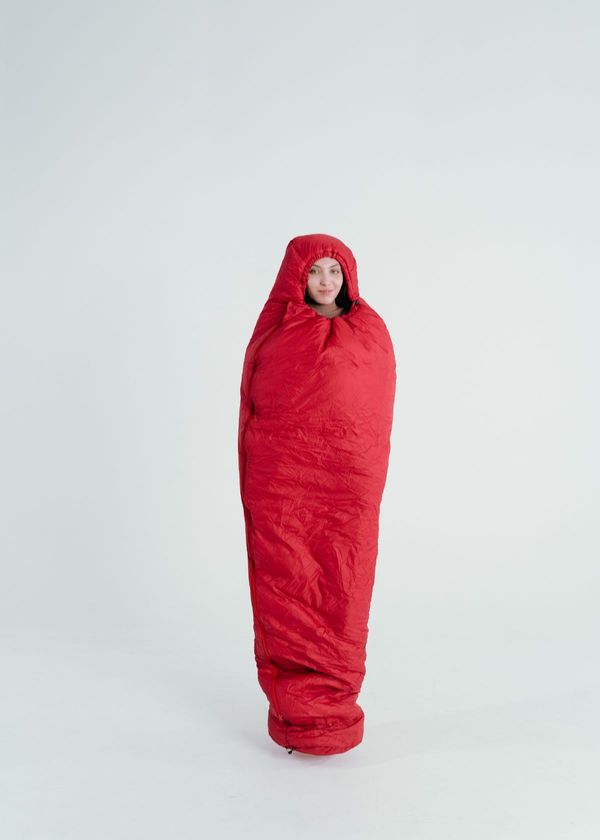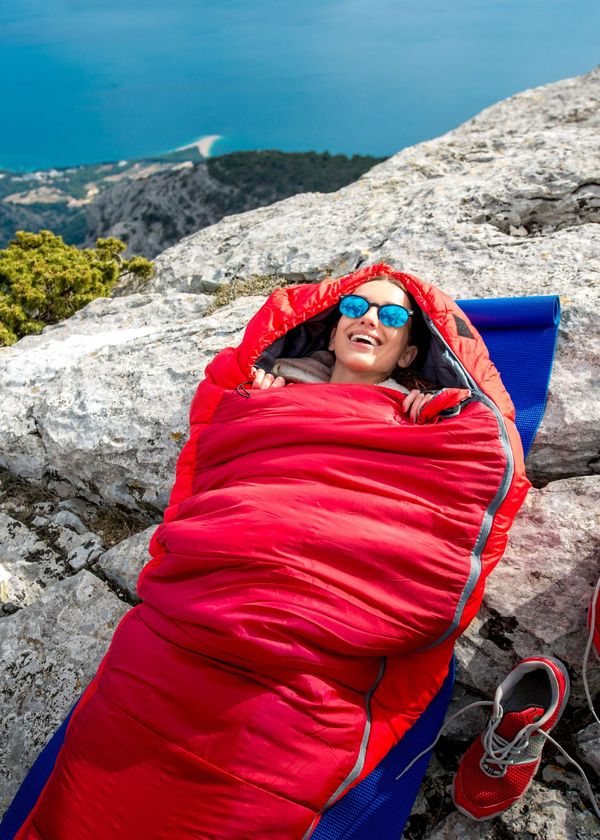Picture this: You're out in the wilderness, surrounded by tall trees, rustling leaves, and an eerie silence that only nature can provide. The sun has set, and the darkness is closing in. You reach for your camping flashlight, but suddenly you realize that you also need both hands free.
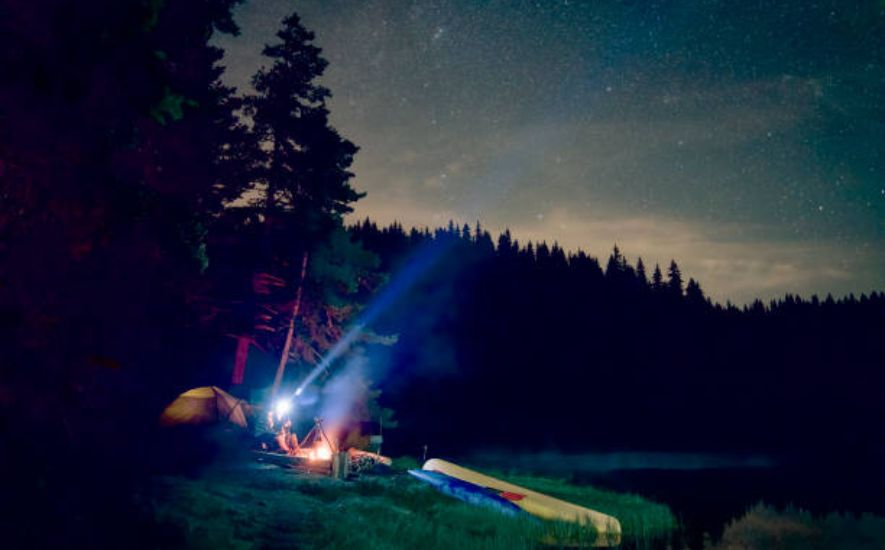
You must set up your tent, prepare food, and navigate the unfamiliar terrain. This is where the age-old debate comes in: Camping Flashlights vs. Headlamps: Which is right for you?
Both options have pros and cons, and ultimately, the decision comes down to personal preference and the specific needs of your camping trip. Most flashlights produce good-quality light and are often more durable than headlamps. On the other hand, headlamps provide hands-free illumination and are great for activities such as hiking, fishing, or cooking.
In this article, we'll delve into the advantages and disadvantages of both options and provide you with the information you need to make an informed decision.
Whether you're a seasoned camper or a first-time adventurer, choosing the right lighting gear is crucial for a successful trip. So, grab your gear, and let's explore the world of camping handheld flashlight and headlamps together!
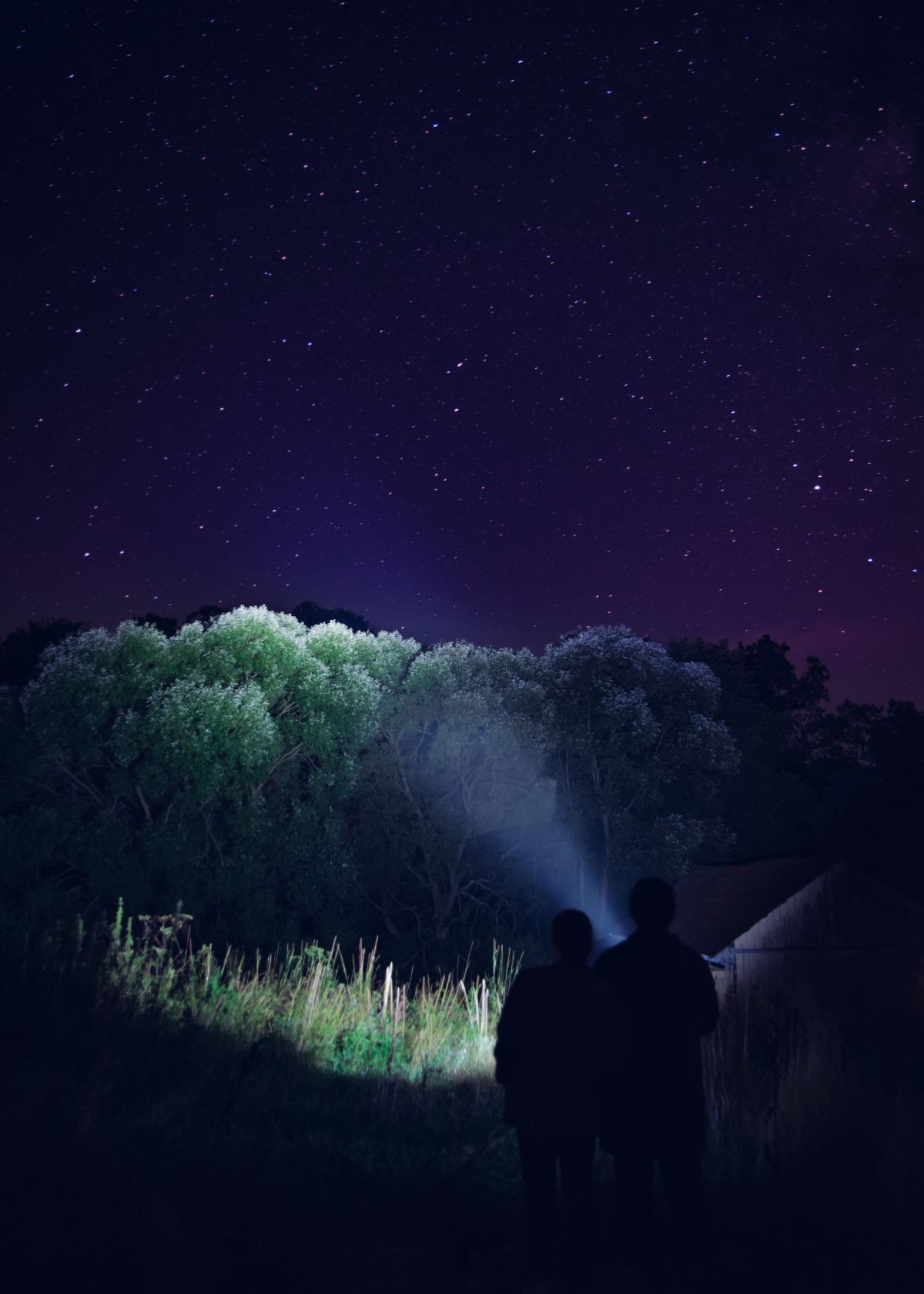
Advantages of Camping Flashlights
In a world that is increasingly reliant on led technology, camping offers an escape from the daily grind and a chance to reconnect with nature.
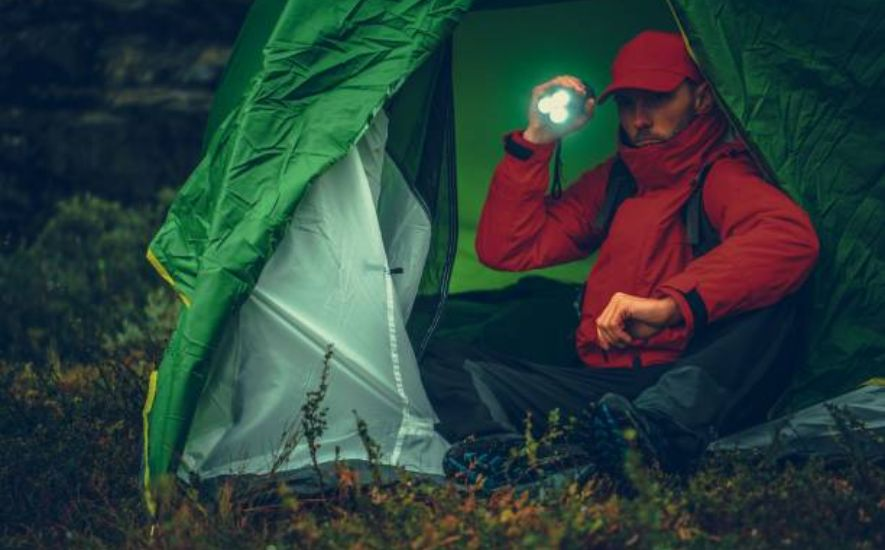
Whether you're a seasoned camper or just starting out, a reliable camping flashing light is an essential piece of equipment that can make all the difference.
Safety and Security
When you're out in the wilderness, it's important to have a reliable source of light that can guide your way and keep you safe.
Whether you're navigating a trail in the dark or setting up camp after sunset, a camping flashlight can help prevent accidents and ensure that you don't get lost. In addition, a bright flashlight can deter potential predators and provide a sense of security in unfamiliar surroundings.
Convenience and Accessibility
Camping flashlights are designed to be portable, lightweight, and easy to use, making them the perfect tool for any camping trip. Whether you're hiking, fishing, or just hanging out around the campfire, a camping flashlight can be easily carried in a backpack or pocket and pulled out whenever you need it.
Additionally, many modern camping flashlights have features like adjustable brightness levels, rechargeable battery, and waterproofing, making them even more convenient and accessible.
Versatility and Functionality
Camping flashlights come in a variety of shapes and sizes, each with its own unique set of features and functions. From traditional handheld flashlights to headlamps and lanterns, there's a camping flashlight out there to suit every need and preference.
Some camping flashlights even come with built-in compasses, whistles, and emergency sirens, making them invaluable tools for survival.
Cost-Effective and Eco-Friendly
Camping flashlights are not only affordable, but they're also a sustainable and eco-friendly alternative to traditional lighting options. Unlike gas-powered lanterns and torches, camping flashlights run on rechargeable spare batteries or solar power, which means you won't have to keep buying expensive replacement batteries or contribute to environmental waste.
Camping flashlights are designed to last for years, making them a cost-effective and sustainable investment for any camping enthusiast.
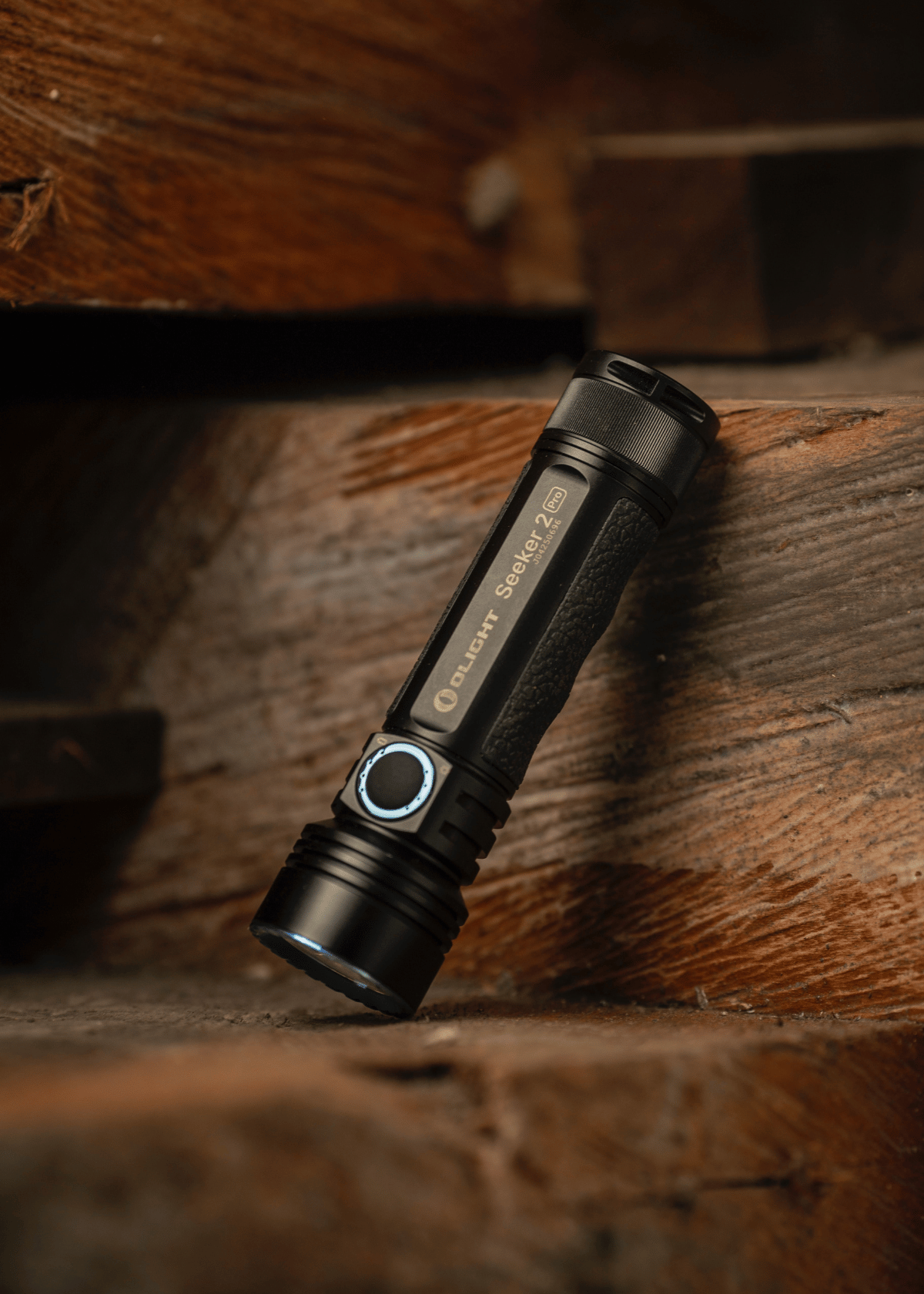
Disadvantages of Camping Flashlights
As the sun sets on the horizon and the darkness of the night vision envelops the great outdoors, camping flashlights become an essential tool for any outdoor enthusiast.
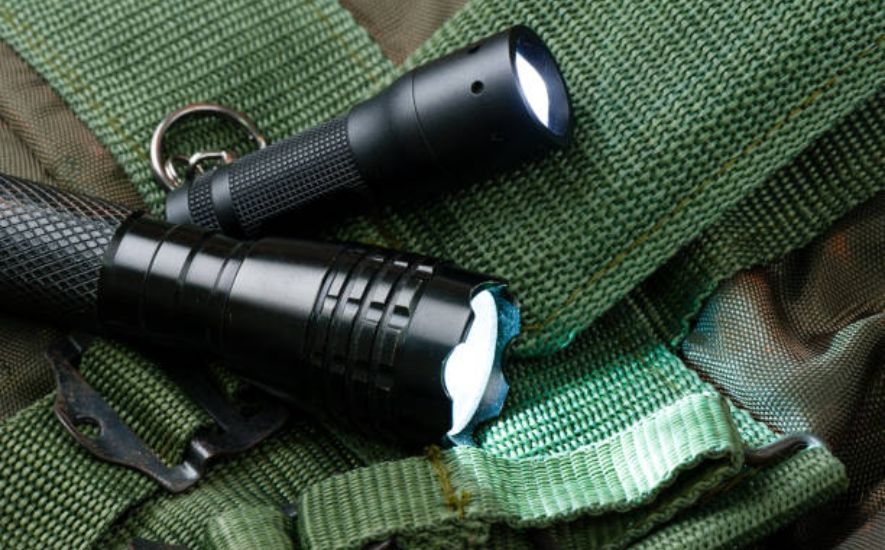
However, while they may seem like a reliable solution to illuminating the night, there are some notable disadvantages to using camping flashlights that are often overlooked.
Impact on Wildlife
While camping flashlights may seem necessary for navigating the darkness of the great outdoors, they can also negatively impact wildlife. The bright and powerful beams of light from flashlights can disorientate nocturnal animals, such as owls and bats, and interfere with their natural hunting and foraging patterns.
Additionally, camping flashlights can attract insects, which in turn can attract predators such as bats and spiders. This can result in a disturbance to the ecosystem and a potential threat to the natural balance of the environment.
Environmental Concerns
The use of camping flashlights can also have environmental consequences. Many camping flashlights rely on disposable batteries, which can be damaging to the environment if not disposed of properly.
The production and disposal of batteries contribute to the pollution of our air and water, as well as to the depletion of natural resources.
Additionally, the use of camping flashlights can also contribute to light pollution, which can disrupt the natural nocturnal cycle of animals and affect the environment's ecosystem.
Limitations on Visibility
Camping flashlights can be limited in their ability to provide sufficient visibility in certain conditions. For example, a flashlight's beam may not be strong enough to illuminate a large area, making it difficult to navigate or perform certain tasks in the dark.
Additionally, the light from a flashlight can create harsh shadows and glare, which can make it difficult to see objects in the surrounding area. This can lead to accidents or injuries while camping or hiking.

Advantages of Headlamps
The darkness of night can be both beautiful and dangerous. Whether you're hiking through the wilderness or navigating the streets of the city, being able to see where you're going is essential for your safety and peace of mind. In situations like these, a good headlamp can be a lifesaver.
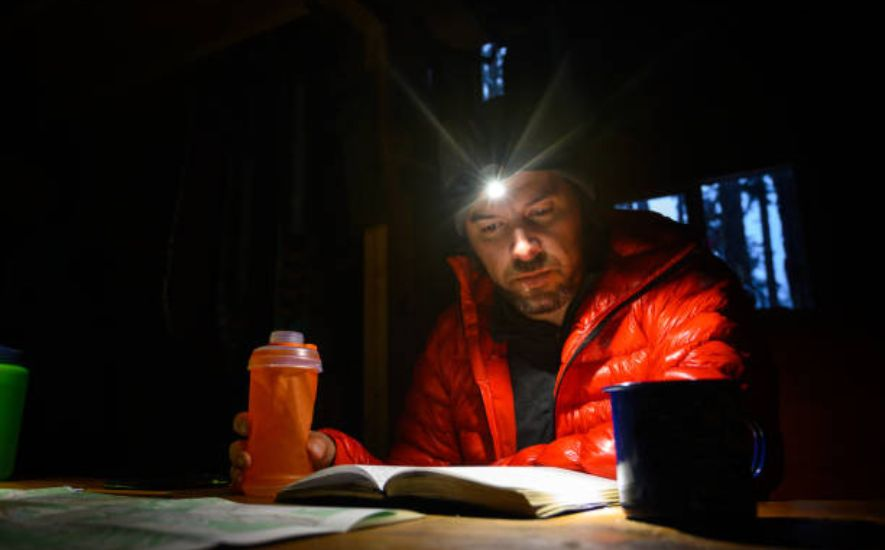
Headlamps are useful not only for outdoor enthusiasts but can also be helpful in many everyday situations. Here are some of the advantages of headlamps that make them a valuable tool to have.
Hands-free Lighting
One of the most significant advantages of high-quality headlamps is that they provide hands-free lighting. Whether you're hiking, camping, or working on a project, having both hands free can be crucial.
With a headlamp, you can see where you're going while still having the use of both hands. This can be especially useful when carrying gear or using tools in low-light conditions.
Portability and Convenience
Headlamps are compact, lightweight, and easy to carry. Unlike a traditional flashlight, which requires you to hold it in your hand, a headlamp can be worn on your head, freeing up your hands for other tasks.
They are also much more convenient to use, as you don't have to worry about holding onto them while you work or navigate.
Better Visibility
When using a headlamp, the light source is closer to your line of sight, which means you'll have better visibility than a traditional flashlight.
This can be especially important when you're walking on uneven terrain, as it allows you to see obstacles and hazards more clearly.
Adjustable Light Settings
Another advantage of headlamps is that they often come with adjustable light settings. This means you can customize the amount of light you need based on the situation.
For example, if you're reading a map, you may only need a low-level light, while hiking on a dark trail may require a brighter setting.
Energy Efficient
Most headlamps are designed to be energy efficient, which means they use less power than traditional flashlights.
This is because they use LED lights, which are much more efficient than traditional led bulbs. This not only saves on battery life but also reduces the amount of waste produced by disposable batteries.

Disadvantages of Headlamps
As humans, we have evolved to rely on the sense of sight to navigate the world around us. It is no surprise that lighting plays a crucial role in our daily lives, from the streetlights illuminating our night paths to the headlights on our vehicles that guide us through dark roads.
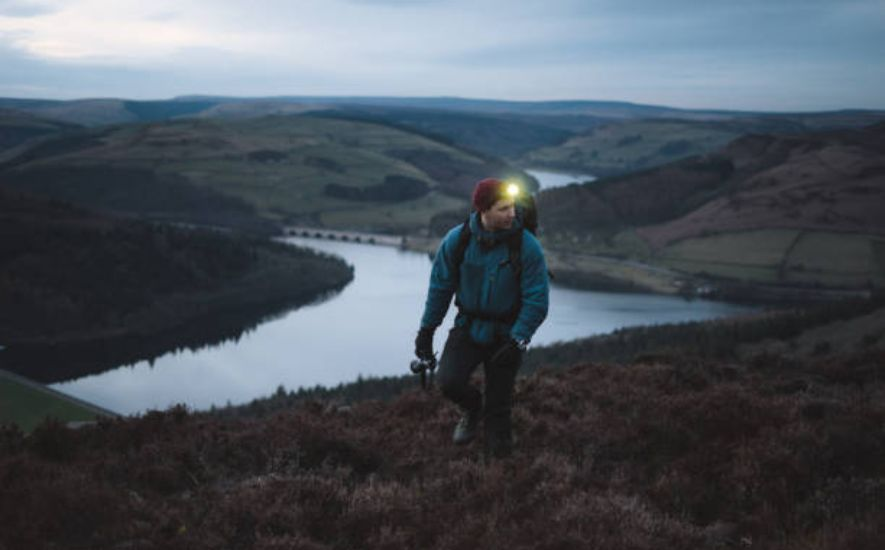
However, while headlamps have become an essential accessory for outdoor enthusiasts and adventurers, they also come with a few significant drawbacks that can compromise their effectiveness and convenience.
Limited Battery Life
One of the most significant disadvantages of headlamps is their limited battery life. Depending on the headlamp type, the battery may last anywhere from a few hours to several days.
This can be a problem if you're planning a multi-day camping or night hiking trip and need your headlamp to last the entire time. Moreover, the brightness of the headlamp often decreases as the battery drains, which can make it difficult to see in low-light conditions.
Glare and Eye Strain
Another disadvantage of headlamps is the glare and eye strain they can cause. If the headlamp is too bright or aimed directly at someone's eyes, it can cause temporary blindness, making it challenging to see in the dark for a while.
Furthermore, prolonged exposure to the light can cause eye strain and discomfort, which can be especially concerning for people with sensitive eyes.
Limited Range
Despite their usefulness, headlamps have a limited range compared to other lighting options. The typical range of a headlamp is around 50 meters, which may not be sufficient for some activities, such as caving or mountaineering.
If you need to see farther than 50 meters, you may need to use additional lighting sources or adjust your activity accordingly.
Weight and Bulkiness
Most headlamps are relatively small and lightweight, but they can still be bulky and cumbersome to wear for extended periods.
The headlamp's weight and design may also cause discomfort or pressure on the head, leading to headaches or other issues. Additionally, some headlamps may not fit comfortably over helmets or hats, limiting their versatility in certain activities.
High Cost
Finally, headlamps can be quite expensive, especially if you're looking for a high-quality, durable option. While affordable options are available, you often get what you pay for, and investing in a high-end headlamp can dent your wallet.
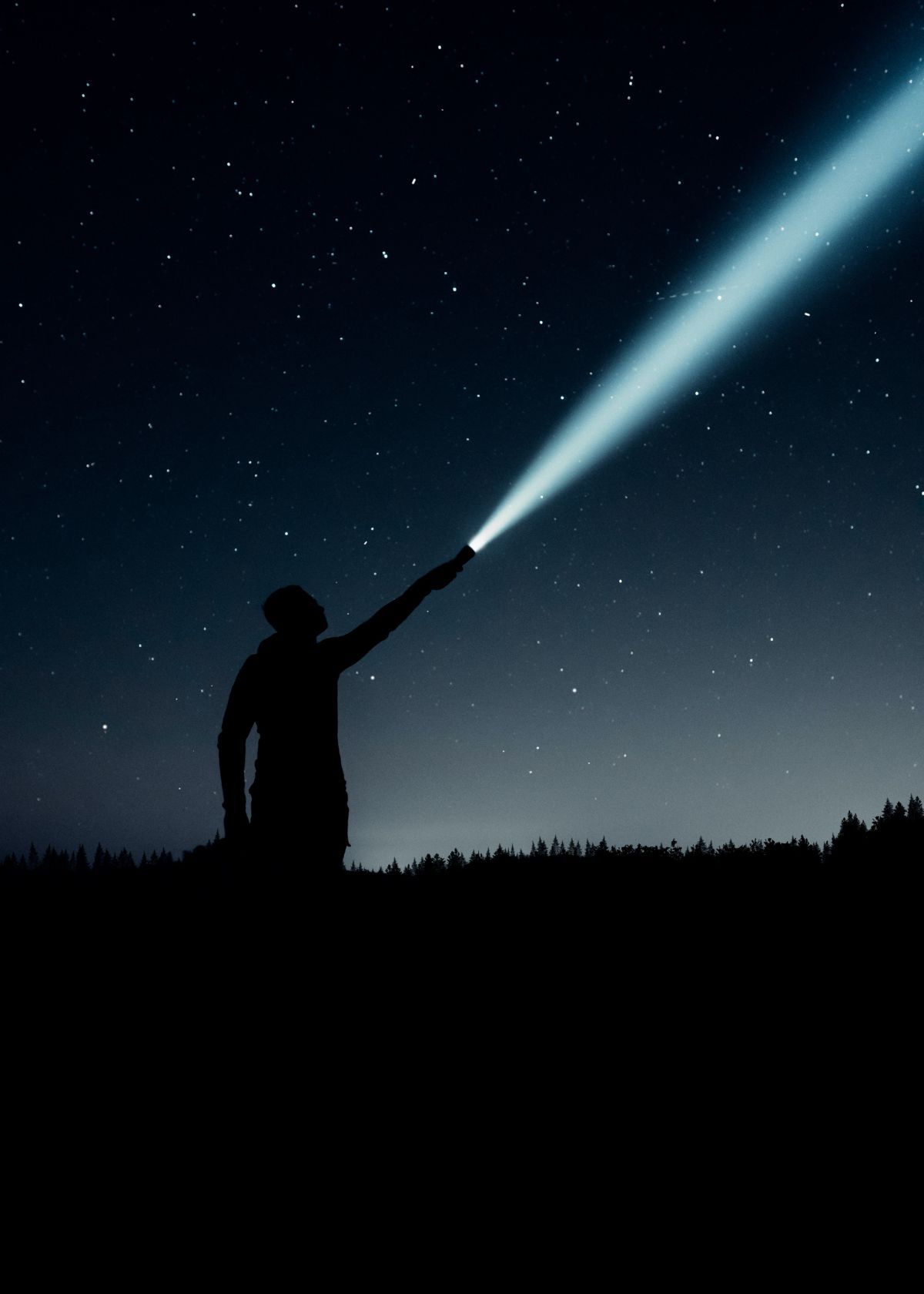
Frequently Asked Questions (FAQs)
Are you planning a camping trip but unsure whether to pack a flashlight or a headlamp? Both have their advantages and disadvantages, so it ultimately comes down to personal preference and specific needs. Here are some frequently asked questions to help you determine which is right for you.
Are headlamps better than flashlights?
Headlamps and flashlights are both useful tools for outdoor activities and which one is better depends on the specific use case. Headlamps can be more convenient because they allow you to keep your hands free while still illuminating your path. This is particularly useful for hiking, climbing, or cycling activities.
Additionally, headlamps often have a wider beam angle than flashlights, which can provide better visibility in certain situations. However, flashlights can be more powerful and versatile, allowing you to direct the light wherever you need it. In short, it depends on what you need it for.
Are headlamps good for camping?
Yes, headlamps are excellent tools for camping. They are particularly useful for tasks that require your hands, such as setting up a tent, cooking, or finding something in your backpack. Unlike flashlights, headlamps are hands-free, which means you can use both hands to work on tasks that require precision.
Additionally, many headlamps have adjustable brightness settings, so you can choose the level of illumination that you need. Headlamps can also be used for nighttime hiking or exploring, as they allow you to see where you're going without having to hold a flashlight.
What is the difference between a headlamp and a flashlight?
The main difference between a headlamp and a flashlight for camping is the way they are worn. Headlamps are designed to be worn on your head or attached to a helmet, while flashlights are handheld. Headlamps provide hands-free illumination, while flashlights require one hand to hold the light.
Headlamps also tend to have a wider beam angle than flashlights, which can provide better visibility in certain situations. Additionally, headlamps can be more comfortable to use for extended periods of time because they don't require you to hold anything. Flashlights, on the other hand, can be more powerful and provide more focused light.
Why is a headlamp important in camping?
A headlamp is important in camping because it provides hands-free illumination, which is useful for tasks that require your hands, such as setting up a tent, cooking, or finding something in your backpack.
It also allows you to move around in the dark without having to worry about carrying a flashlight. A headlamp can provide a wider beam angle than a flashlight, which can provide better visibility in certain situations.
This can be particularly useful for activities such as nighttime hiking or exploring. A headlamp is also a more practical and efficient lighting solution for camping, as it keeps your hands free for other tasks and allows you to conserve battery life in your flashlight.
What are the disadvantages of headlamps?
While headlamps are convenient and useful, there are some disadvantages to consider. One drawback is that they can be more expensive than flashlights, especially if you want a high-quality model with a lot of features. Headlamps can be less powerful than flashlights, so a flashlight might be a better option if you need a lot of light.
Some people also find headlamps uncomfortable or bulky to wear for extended periods, although this can be mitigated by choosing a lightweight and ergonomic model.
Finally, if you're camping with a group of people, the bright light from a headlamp can be annoying to others if it's not pointed in the right direction, so it's important to be considerate of your fellow campers.
Conclusion
In conclusion, whether you choose a camping flashlight or a headlamp ultimately comes down to personal preference and the specific needs of your camping trip. While flashlights offer more versatility and can be shared among a group, headlamps provide hands-free convenience and are great for activities that require both hands.
Whichever option you choose, invest in a high-quality and reliable light source to ensure a safe and enjoyable camping experience. Happy camping!
